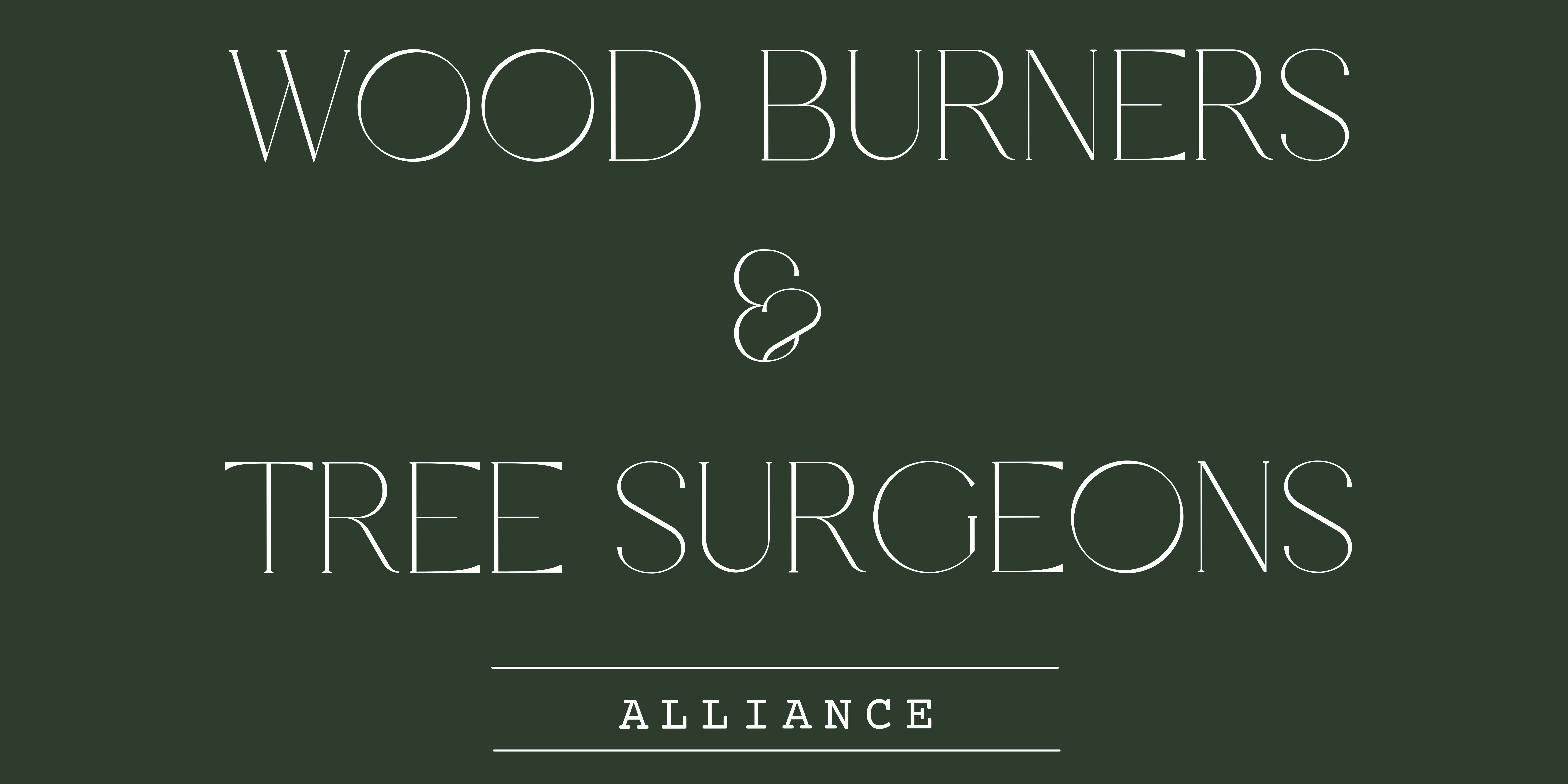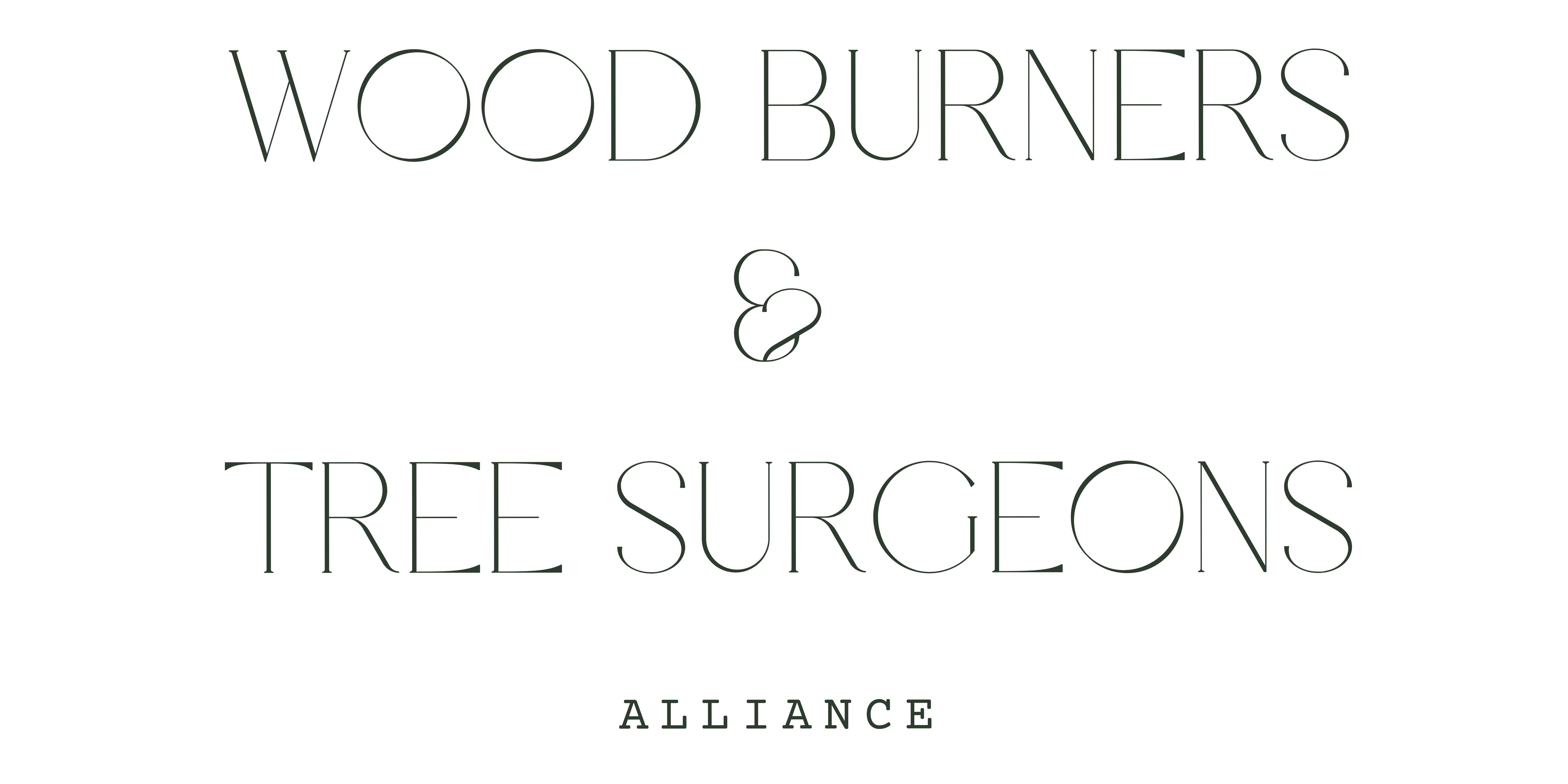Wood burners are a popular choice for heating homes, providing both warmth and ambience. However, make sure you know what you shouldn’t burn in your wood burner, as it can have significant implications for your health, the environment, and the longevity of your wood burner. To ensure a safe and efficient wood-burning experience, it’s crucial to be aware of materials that should never find their way into your wood burner.
1. Pressure-treated Wood
One of the primary materials to avoid burning in your wood burner is pressure-treated wood. This type of wood is infused with preservatives, such as chromated copper arsenate (CCA), to resist decay and insects. When burned, pressure-treated wood releases toxic chemicals into the air, posing serious health risks to those in the vicinity.
2. Painted Or Stained Wood
Burning wood that has been painted or stained is another practice to steer clear of. The chemicals present in paint and wood stains can emit harmful fumes when exposed to heat. Inhaling these fumes may lead to respiratory issues and other health concerns. It’s essential to remove any paint or stain from wood before using it in your wood burner.
3. Plywood, MDF Or Particleboard
Materials like plywood, particleboard, and medium-density fiberboard (MDF) often contain adhesives and glues. Burning these materials releases potentially hazardous chemicals into the air. To maintain air quality and ensure a safer burning experience, it’s advisable to stick to untreated, natural wood for your wood burner.

4. Plastic Or Rubber
The allure of using plastic or rubber as fuel may be tempting due to their combustible nature, but it’s a hazardous practice. Burning plastic releases toxic fumes, including dioxins, which can have severe health implications. Additionally, the environmental impact of burning plastic is significant, contributing to air pollution and environmental degradation.
5. Cardboard Or Paper With Colored Ink
While cardboard and paper are often considered acceptable materials for burning, those with coloured ink should be avoided. The inks used in coloured printing can contain heavy metals that, when burned, release pollutants into the air. Opt for plain, untreated paper for a safer and cleaner burn.
6. Wet Or Green Wood
Efficient combustion is essential for a wood burner to operate effectively. Burning wood that is not properly seasoned or is damp can result in incomplete combustion, leading to increased smoke production and the accumulation of creosote in your chimney. It’s crucial to use well-seasoned, dry wood to ensure optimal performance and reduce the risk of chimney fires. Seasoned wood is wood with moisture content below 20%!
7. Garbage Or Household Waste
Burning household waste might seem like a convenient way to dispose of it, but it’s a harmful practice. Household waste can contain a variety of materials, including plastics, chemicals, and treated products. Burning such waste releases a cocktail of harmful substances and pollutants into the air, contributing to environmental pollution and posing health risks.
8. Aerosol Cans
Aerosol cans should never find their way into a wood burner. The pressurized contents of these cans can explode when exposed to heat, creating a dangerous situation. Disposing of aerosol cans properly and don’t let them burn in a fire, especially not your wood burner or you will most likely have an explosion.
9. Clothing Or Treated Materials
Fabrics treated with chemicals, such as flame retardants, should not be burned in a wood burner. When ignited, these chemicals can release harmful fumes. Stick to natural, untreated materials for a safer and cleaner burn.
10. Christmas Trees With Decorations
As festive as it may sound, burning Christmas trees with decorations is a practice to avoid. Ornaments, tinsel, and lights can release toxic fumes when burned, and the leftover residue can create a fire hazard. Instead, consider recycling or mulching your Christmas tree after the holiday season.


11. Metal
Including metal in your wood burner is another material to avoid. Burning metal can damage the interior of your wood burner and pose a significant safety risk. Metal objects, when heated, can become projectiles and let off hazardous toxins, creating a dangerous environment. Ensure that only wood and appropriate materials are placed inside your wood burner. We all have had some wood with nails in, but should you burn these? Read our article to find out if nails can explode in your wood burner!
In summary, stick to only burning wood in your wood burner. However, amidst these precautions, it is crucial to emphasize the significance of using well-seasoned firewood. The efficiency and safety of your wood burner are intrinsically tied to the moisture content of the wood. Burning wet or green wood not only compromises the performance of your appliance but also elevates the risk of chimney fires due to incomplete combustion and increased creosote buildup.
Well-seasoned firewood, on the other hand, burns more cleanly and efficiently. It produces less smoke, reduces the formation of creosote in your chimney, and ultimately prolongs the life of your wood burner. Seasoning involves allowing the wood to dry adequately, usually for at least six months to a year, ensuring that its moisture content falls to an optimal level, below 20% moisture. This simple yet crucial step not only enhances the performance of your wood burner but also minimizes environmental impact. Check out the best wood to burn in your wood burner!
In conclusion, responsible wood burning extends beyond the avoidance of harmful materials – it encompasses a commitment to sustainable practices. By being mindful of what goes into your wood burner and embracing well-seasoned firewood, you not only create a safer and healthier environment within your home but also contribute to the broader effort to preserve our planet. As we revel in the warmth and glow of our wood burners, let us do so with a profound sense of responsibility, knowing that our choices today shape the quality of the air we breathe and the sustainability of our shared home.


